.jpg)
How to Plant a Tree
- Pick the best time of year - spring or early fall.
- Start with a healthy well growing seedling that has lots of green needles or leaves, a thick stem, and healthy white roots. Make sure the tree has been watered before planting. Dry soil at the root runs the risk of the tree drying out if it doesn't rain soon after planting.
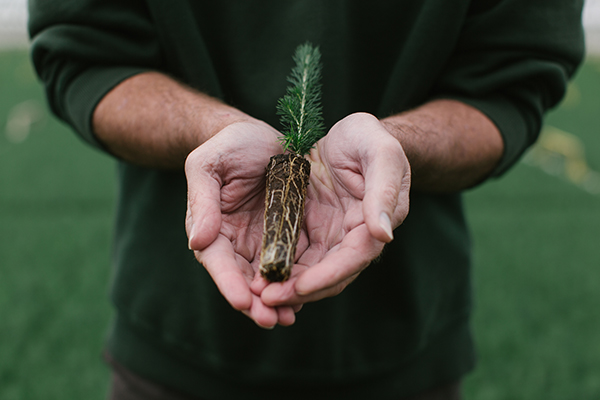
- Select the right site for the tree. The tree should be going into an area that doesn’t have standing water, has rich brown soil, and will receive plenty of sunlight. Standing water can drown your trees, areas on higher ground can reduce this risk. Poor mineral soil means a lack of nutrients so look for nice rich brown soil and avoid black muck or overly grey soils.
- Once your site is selected, ensure you remove all debris around the spot where you're going to plant your tree, exposing the pure mineral soil. Planting in debris can cause the tree to dry out or limit access to nutrients.
- Once you have exposed the mineral soil, use a shovel to create a straight hole that is wider and deeper than the size of the soil pod of your tree.
- Insert the soil pod of the tree into the hole. Make sure the tree is planted perfectly straight and all of the roots are completely covered by soil. If the roots and soil pod are not completely in mineral soil, the tree runs a risk of drying out or dying from a lack of nutrients. And if the tree’s roots are put in crooked, the tree will grow crooked and have a hard time getting nutrients and water.
- Gently close the hole with your foot, ensure the soil pod is tightly planted and covered in soil. Be careful not to damage the stem when closing the hole, while still being firm. A loosely planted tree has the risk of frost heaving in the winter.
Questions about our Healthy Forest Approach? Read the FAQ.
(1).png?n=7605)
.jpg)



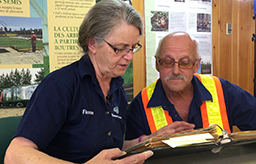

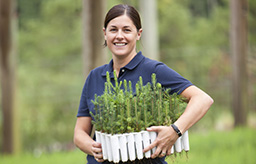

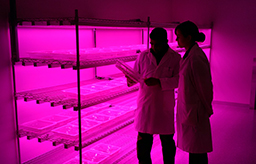



_small.jpg)
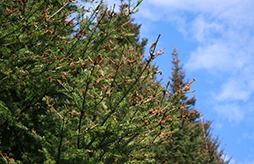
.jpg)
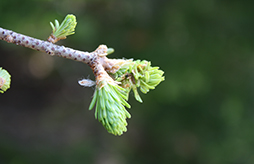
.jpg)
.jpg?n=6166)



